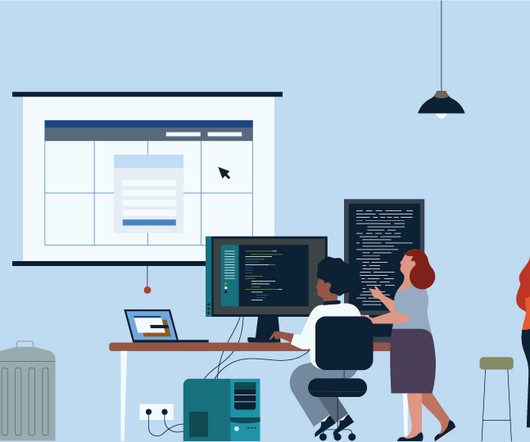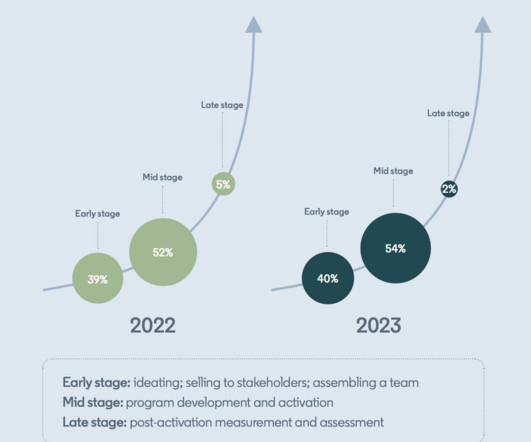The Race to Remain Relevant in a Rapidly Changing Workplace
The Perfect Hire
APRIL 16, 2024
For employees and employers alike, upskilling and career development is the only way to stay ahead of the competition and remain relevant. As more and more tasks are being automated, a new set of skills and competencies are emerging that are more important than ever. Tailor Career Development Initiatives.




















Let's personalize your content